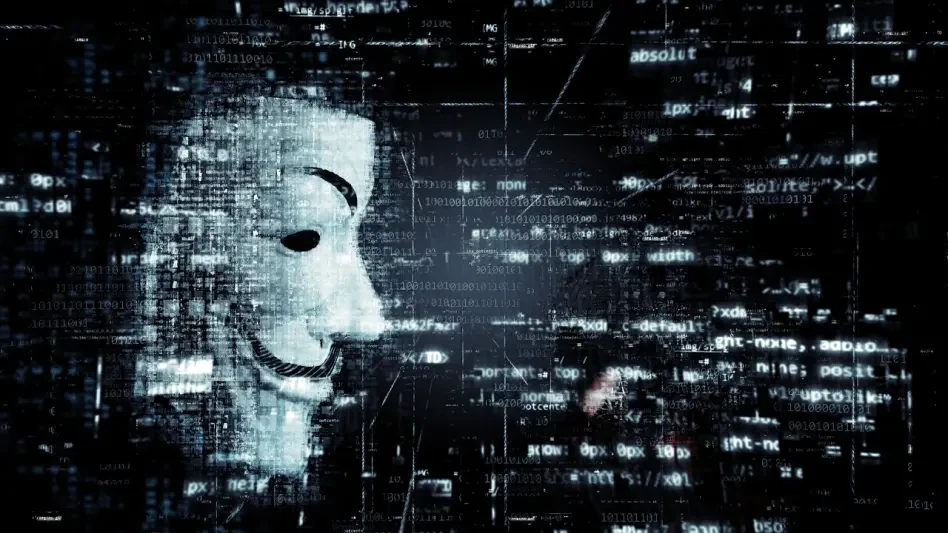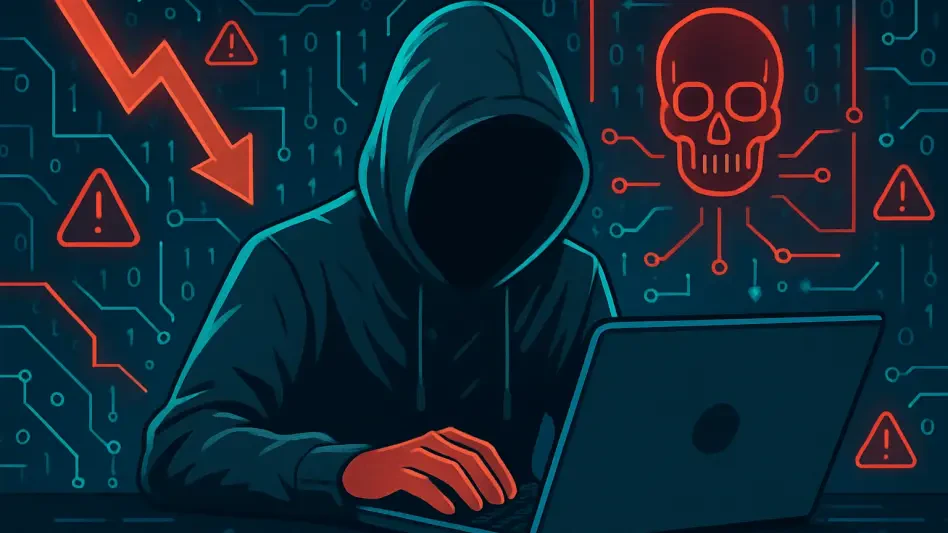In the ever-evolving landscape of cybersecurity, identifying and mitigating vulnerabilities is critical for safeguarding software and systems against increasingly sophisticated threats. One alarming case in recent years involves Marbled Dust, a Türkiye-affiliated espionage group exploiting a zero-day vulnerability in Output Messenger, a widely used multiplatform chat software. This group targets specific entities in Iraq with ties to Kurdish military operations, aligning with their historical focus on opposing groups to Turkish government interests. The exploitation of CVE-2025-27920, a directory traversal flaw in the Output Messenger Server Manager, has enabled Marbled Dust to conduct cyber-espionage activities with unnerving efficiency. The group has managed to infiltrate systems by uploading malicious files to intrusion-sensitive areas, bypassing security protocols meant to protect critical communication avenues. In doing so, Marbled Dust has showcased exceptional technical prowess, successfully deploying malicious payloads that threaten sensitive user information and compromise systems through strategic attacks.
Marbled Dust: A Calculated Cyber Threat
Marbled Dust is synonymous with strategic and precise cyber operations, making headlines for their meticulous targeting methods within vulnerable sectors. With a focus on entities opposing Turkish interests, this espionage group leverages the CVE-2025-27920 vulnerability to infiltrate systems seamlessly. Through methods like DNS hijacking or misleading domains, Marbled Dust gains authenticated access, intercepts credentials, and deploys malicious scripts that compromise security. Their modus operandi involves inserting scripts such as OMServerService.vbs and OM.vbs into startup directories, launching attacks as machines boot up. By deploying a GoLang backdoor called OMServerService.exe into public directories and connecting to hardcoded C2 domains, the group efficiently exfiltrates data, reinforcing their standing in technical finesse. Additionally, they utilize a client-side GoLang backdoor, OMClientService.exe, for executing remote commands and facilitating information theft, often packaging stolen files in RAR archives for delivery. These tactics paint a picture of armed precision, underscoring the need for vigilant cybersecurity postures in vulnerable sectors.
Counteracting the Threat: Effective Strategies
As cybersecurity remains a priority, organizations must contend with vulnerabilities like those exploited by Marbled Dust. To combat these threats, it’s vital to implement robust defensive strategies and adopt proactive measures across communication platforms. Microsoft has responded by offering essential updates for Output Messenger, urging users to upgrade to patched versions of CVE-2025-27920 and CVE-2025-27921. Enforcing cloud-delivered protection in Microsoft Defender Antivirus and deploying anomaly detection policies further strengthens defenses against cyber intrusions. In addition, phishing-resistant authentication methods and attack surface reduction rules are recommended to fortify systems. Experts emphasize the importance of robust vulnerability management tools to identify and remediate threats, coupled with advanced query techniques for detecting Marbled Dust activity. Organizations are advised to maintain continuous monitoring, ensuring systems are fortified against potential attacks and sensitive data remains protected from unauthorized access or manipulation. By implementing these comprehensive safety measures, the risk of cyber-espionage decreases, safeguarding organizational integrity.
Recommendations for Cybersecurity Enhancement
Marbled Dust’s operations serve as a cautionary tale, urging organizations to elevate vigilance and strengthen overall cybersecurity frameworks. Strategic expansion of cybersecurity practices in response to Marbled Dust threats is paramount, given their penchant for exploiting internet-facing vulnerabilities and manipulating DNS settings. Industry experts recommend prioritizing consistent vigilance, employing rigorous monitoring protocols, and enhancing awareness levels across organizations. Maintaining a proactive stance in cybersecurity can preemptively address potential threats and foster resilience within systems. The integration of advanced security solutions and expert recommendations will prove instrumental in mitigating risks associated with cyber infiltration. Organizations engaging in sensitive communications must evaluate and adapt their security frameworks to defend against sophisticated espionage activities. Viewing Marbled Dust’s actions as a cyclical lesson in cybersecurity preparedness can equip businesses with the foresight required to anticipate, detect, and neutralize threats before they penetrate critical communication systems. In the broader scope, constant adaptation to emerging threats will ensure a robust cyber defense against tomorrow’s challenges.
Future Considerations for Cyber Defense
In the dynamic realm of cybersecurity, pinpointing and curbing vulnerabilities is essential to protect software and systems from increasingly intricate threats. A concerning incident recently involved Marbled Dust, an espionage group linked to Türkiye, exploiting a zero-day flaw in Output Messenger, a popular cross-platform chat software. This group strategically targets entities in Iraq, particularly those connected to Kurdish military operations, consistent with its longstanding opposition to groups challenging Turkish government interests. They are capitalizing on CVE-2025-27920, a directory traversal vulnerability in the Output Messenger Server Manager, facilitating cyber-espionage with alarming effectiveness. By uploading malicious files to crucial zones within systems, Marbled Dust circumvents security measures designed to safeguard essential communication. Their efforts underscore significant technical expertise, deploying hazardous payloads that compromise both sensitive user data and entire systems through calculated strikes.








